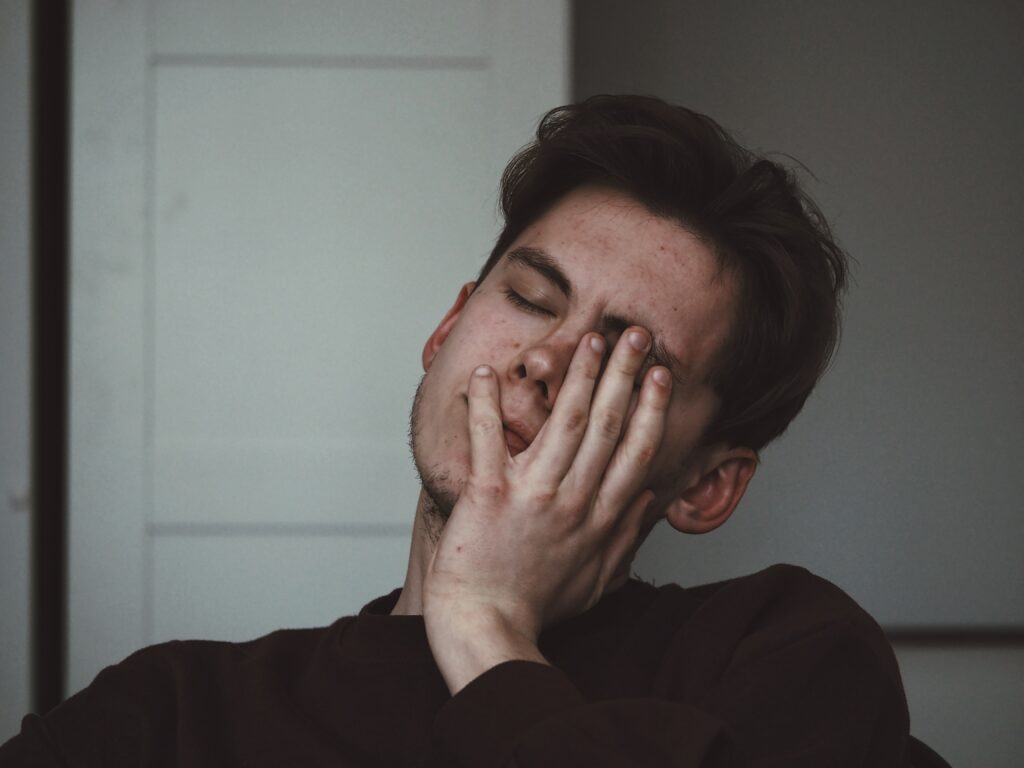Opioid Rehab
Understanding Opiate Addiction Treatment
With the rise of the Opioid Crisis and the Opioid Epidemic, it is vital to ensure that there are treatment options for those who need it. According to data from the National Institute on Drug Abuse, there were over 80,000 opioid overdose deaths in 2021 alone. This alarming stat shows just how dangerous opioid addiction and the Opioid Crisis has become.
Luckily there are both inpatient and outpatient opioid rehab programs all throughout the country, dedicated to help those who have fallen victim to opioid addiction.
Opioid Addiction Treatment Centers
A 2018 study from the National Institute on Drug Abuse showed that 128 Americans die from an opiate overdose daily. That report further states that the estimated total economic burden for opiate ( or opioid) misuse is $78.5 billion annually. These statistics reflect the staggering toll that opioid abuse has on the country, and the need for treatment for opiate addiction.
The widespread abuse of opioids has lead many individuals to look for an opiate treatment center. Renaissance Recovery offers an opiate addiction treatment program in Southern California. They also provide other rehab programs in California for those struggling with addiction. These programs can help you or your loved ones manage addiction symptoms.

Getting Help For an Opiate Addiction
Those struggling with an opioid addiction can find assistance through specialized treatment centers and recovery programs. Renaissance Recovery is a premier rehab center for opioid addiction, with a variety of treatment options in place to give clients the best shot at long term sobriety.
Common forms of treatment you may receive during your time at a Renaissance Recovery’s intensive outpatient program include cognitive behavioral therapy, dialectical behavioral therapy, and more. Along with these therapies, other features of treatment can include things like dual diagnosis treatment and partial hospitalization programs.

Opioid Substance Use Disorders
Opiates and opioids are natural and synthetic drugs that come from an opium poppy plant. You’ll find them in legal prescriptions, including codeine and morphine. Opiates are also in illicit drugs, including heroin. If someone develops an addiction to these drugs, they’ll benefit from an opiate addiction treatment program.
Opiates that are part human-made and part natural include:
- Fentanyl
- Vicodin
- Dilauded
- Methadone
- Oxycodone
- Oxymorphone
- Morphine
Rehab Centers for Opioid Use
If you or a loved one are in search of opioid treatment programs for opioid use disorder, a rehab center can help. Opioid and opiate addiction is a serious disease and can be dangerous or even fatal if left untreated. Opioids are not safe to detox from alone at home, and it is important to get the right treatment for addiction.
Rehab centers can also offer medication-assisted treatment (MAT) which helps alleviate many uncomfortable detox and withdrawal symptoms. This also help with cravings during aftercare as you continue to heal from addiction use disorder.
If you’re ready to begin the journey to recovery, you may be wondering about the costs of attending an opioid addiction treatment center.


Fight Back Against Opioid Addiction
Get evidence-based treatment to overcome opioid addiction at Renaissance Recovery. Call our team now to learn more about the process.

Is Opiate Rehab Covered by Insurance?
Whether you have Aetna, Beacon, BCBS, or another insurance provider, our team at Renaissance Recovery will work with you to ensure that those who need help from an opioid rehab program can get it.
At Renaissance, we understand that the costs of rehab for opioid use treatment can feel like a cloud hanging over your head, especially if it is something that you need. We recognize this and work to make our treatment as affordable as possible by offering opioid rehab covered by insurance.
To learn more about your specific situation, coverage, or ask us a question like “does insurance reimburse opioid rehab”, or to learn more about the average insurance cost of opioid rehab, give us a call today to get a better understanding of the situation.
Why Do People Take Opiates?
A doctor will often prescribe opiates for pain management if you are experiencing pain while recovering from surgery or injury. Opiates are narcotic prescription medicines that patients use to block feelings of pain. If opiates are misused, users tend to experience a “high.” There are several ways to take opiates, including:
- Dissolving tablets
- Implanted pump
- Nasal Spray
- Pill or liquid
- Via syringe into a muscle or vein
No matter the form of taking opiates, the strong addiction is the same. The good news is, opiate addiction is treatable. Opiate abuse can be treated at the Renaissance Recovery opiate addiction treatment center in Orange County, CA.


How Does Opiate Addiction Start?
If patients use opiate prescription medications for a long time, they might develop a tolerance. That means they need an increased dose to achieve the same result. If they stop using it, the dependence they develop causes withdrawal symptoms. Examples of those withdrawal symptoms from prescription drug addiction include:
- Chills
- Diarrhea
- Involuntary leg movements
- Bone and muscle pain
- Restlessness
- Vomiting
These and other long-term effects of opioids can prove to be dangerous and even life-threatening in some cases. Developing an addiction has a lot to do with an individual’s tolerance. Once they become dependent on opiates, they must increase their dosage to feel the desired effects.
Overdoses easily occur when tolerance unknowingly lowers. There is a danger of opiate addiction. This may prompt a loved one to suggest an opiate addiction treatment program to get rehab for opiates addiction.
What Are the Benefits of Opiate Addiction Treatment?
Opiate withdrawal is one of the most significant benefits of attending an opiate addiction treatment center. These symptoms can be mild to severe depending on each person’s overall health, amount drugs, environment, and family history. An opiate recovery center can help greatly with detox and recovery from the drug.
If individuals take short-acting opiates, withdrawal symptoms present themselves between six and twelve hours following their last dose. Those who are taking long-acting opiates see symptoms start presenting themselves after thirty hours. Individuals benefit from attending an opiate addiction treatment center in Southern California to help them monitor the following:
- Heart rate
- Blood pressure
- Respiration
- Temperature
- Mental health


Signs of Opioid Abuse
Signs that someone needs help include that their opioid use interferes with their job, relationships, or schoolwork. Another red flag is if individuals use prescription opiates for longer or in more significant amounts than prescribed. Along with these behavioral changes, there are a number of physical signs of opioid abuse including lethargy, rapid weight gain or loss, constricted pupils, and more.
Many opiate addiction treatment centers are covered through health insurance. Once a treatment program starts, you’ll find that they involve multiple strategies. Sometimes they begin with an inpatient detoxification period.
That way, monitoring withdrawal symptoms occur in a controlled setting. Medications might be part of a medication-assisted treatment (MAT) plan. Examples of these medications include buprenorphine or methadone.
Opiate Addiction Treatment at Renaissance Recovery
If you have questions about attending or referring a loved one to an opiate addiction treatment center in Southern California, contact Renaissance Recovery. No one should have to navigate these challenges alone. Call today to learn more about opiate treatment and how we can help.
Rehabilitation can put an end to addiction.
Call and ask the facility directly or call your own provider to determine if your insurance covers the treatment.
Contact us
Call today at 866.330.9449 or fill out our contact form to learn more about how we can help you conquer addiction.

